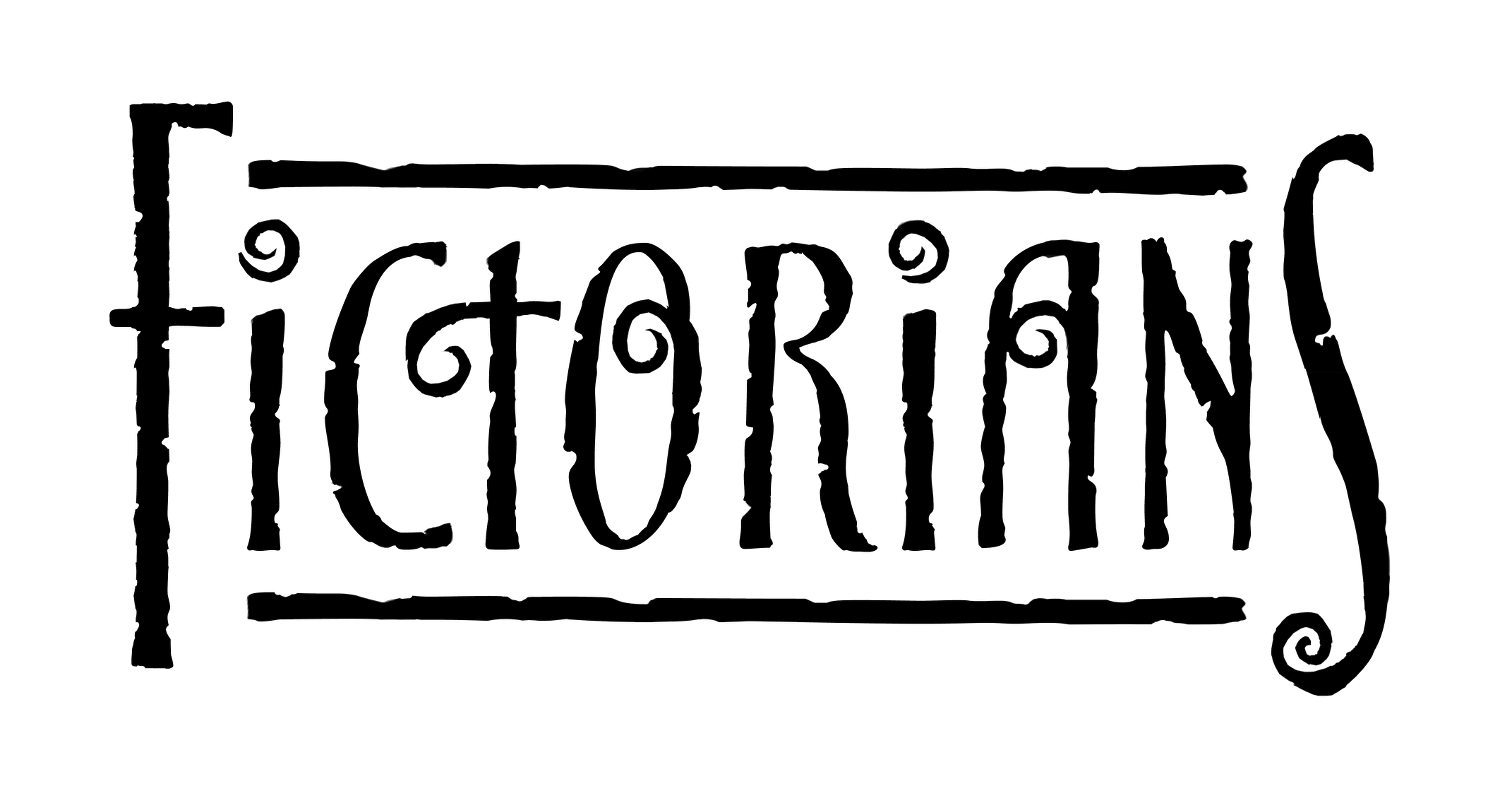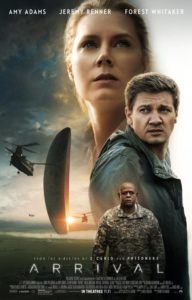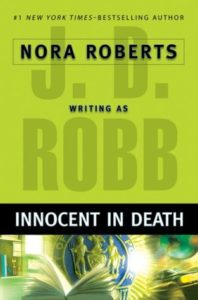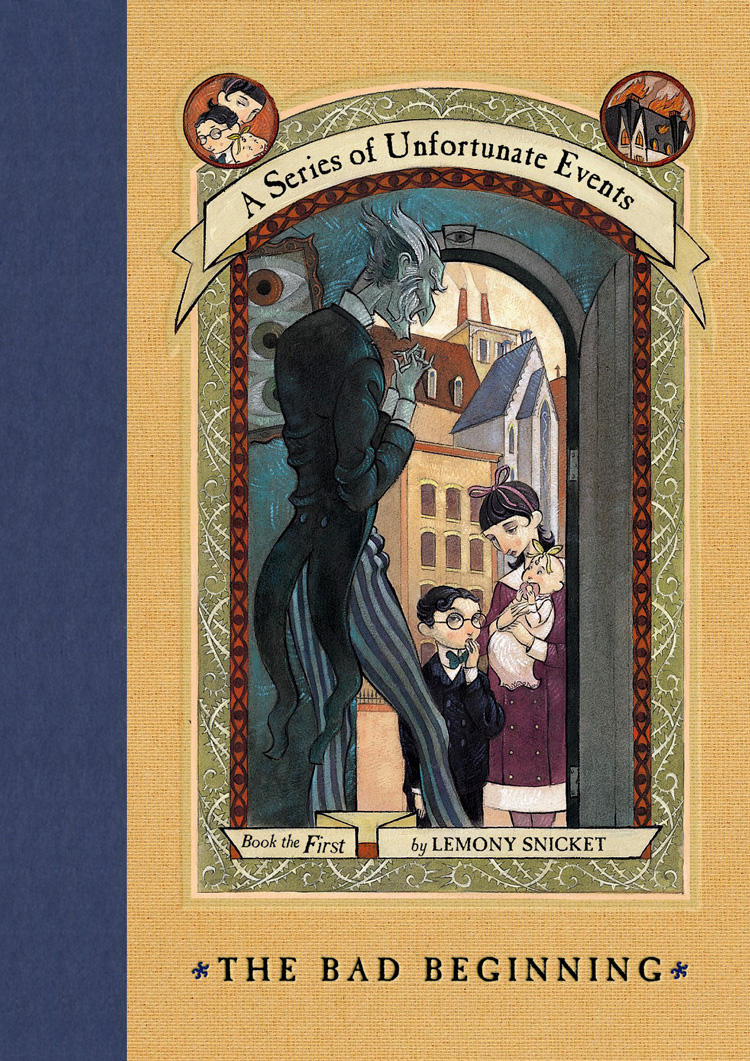The thing about tension is, it wants to be released. This is true not just for bowstrings drawn back to the ear, unresolved chords, or tectonic plates grinding up on each other in the world’s most excruciatingly slowed-down dance club. All of life, every life, is about the release of tension.
Sometimes the release comes quickly. Sometimes the stresses just continue to build, ratcheting up ever higher, long past what we would have believed to be possible. (On a possibly related note, it took me eleven years to earn my doctorate.)
But all of us are bullets, shots in the dark. We begin explosively, super-charged with unimaginable kinetic energy– as every parent of a small child knows. Over time, we lose it. Our trajectories curve groundward, our orbits decay, and we fall.
It is in this sense that mortality is a coil, in Hamlet’s famous phrasing. Life is a spring, tightly wound. Tension is what keeps it all going, what keeps this whole universe humming along. Sure, we complain about the stresses we endure day after day. But in a way, they’re reassuring. They let us know we’re still here, still kicking, not yet resting in peace.
I’m in no hurry to achieve entropic resolution myself. Oh, I know I’ll get there in time. All of us will. What’s the rush? Yet, on we run. We can’t help it. Tension propels us, speeding us toward that ultimate release.
I think this is true for stories, too. We all know the unbearable agony of being wrenched out of the narrative before we know our heroes are safe. I think that’s why parents grant their children the small mercy of finding a “stopping place” in their book (or game, or show) before they have to come help set the table.
We also know that in the very best stories, you can never find a stopping place. It gets its hooks in you right from the start and doesn’t let you go until the end. “It rips my life away, but it’s a great escape.”
So, how do I make it work for me?
First, take a cue from Dean Wesley Smith and try exercising a little mind control over your readers. Hang those cliffs. Don’t make it easy for them to put your book down.
This doesn’t come naturally for me, but I’ve been experimenting with my preschooler. He wants to hear stories every night, one from mommy and one from daddy. And for the last few months, daddy’s stories have all followed a single hero (Percival Bunny-rabbit) in a continuous narrative, usually cutting off at the moment of maximum tension.
It’s cruel, I know. And every time the boy flops back on his bed with a frustrated groan, or spends the next day begging to hear the end of the story, there’s a part of me that thinks it can’t be good parenting to torture him so.
But another part of me is delighted.
He tells me he prefers stories that have an ending. So every few nights I give him a break and we come to a place where I can pronounce THE END. But the very next night my boy is asking me if we have any “leftover stories.” He can’t wait to find out what his hero is going to do next. And neither can I.
Which is the second way I am trying to make tension work for me: keeping myself in suspense. I don’t like leaving things unfinished. In fact, I’m like Roger Rabbit, positively vibrating with the need for closure.
So I’ve been experimenting on myself, trying to use this tension as a driver. Instead of stopping my writing for the day at a place where I’ve finished my scene and said all I want to, I cut it short and walk away.
The pressure of that incomplete ending, that unfinished chapter, pushes me to get back to the keyboard. And until I do, the untold story is bouncing around in my brain– generating dialogue, action sequences, etc. It itches at my brain, keeps me up at night, kicks me out of bed early in the morning to curl up on the couch with my laptop and punch out the lines that have been running through my head since my last writing session.
The experiment is still young, but it’s had some promising results. I’m really excited. I also am a little anxious, because we’ve got a new baby coming and I know that’s going to turn my whole life upside down (for the third time). And then we have the end of the semester, and then summer (and attendant travel) is going to nuke my schedule, and then we’re going to move.
So even though I’m telling you this works, I really don’t know if I can even keep this up myself. Will my new writing plan survive the month of March, or will it fall casualty to sleep deprivation? Will I find the time to finish my novel, or miss my deadline and maybe miss my chance? What will become of our peerless hero?
Find out next time, in . . .
PERCIVAL BUNNY-RABBIT
AGAINST
THE WORLD CRIME LEAGUE
Coming soon!
John D. Payne lives in Houston with his wife, two sons, and (maybe, by the time this post goes up) his newborn daughter. (Still looking for names, so please feel free to leave your suggestions in the comments.) His hobbies include removing peanut butter and chocolate from the stupid white couches, blowing bubbles for little boys to chop with laser swords, and using a Mickey Mouse doll to do Pharaoh’s part in the Moses story (complete with Mickey voice).
wife, two sons, and (maybe, by the time this post goes up) his newborn daughter. (Still looking for names, so please feel free to leave your suggestions in the comments.) His hobbies include removing peanut butter and chocolate from the stupid white couches, blowing bubbles for little boys to chop with laser swords, and using a Mickey Mouse doll to do Pharaoh’s part in the Moses story (complete with Mickey voice).
John’s debut novel is The Crown and the Dragon. His stories can also be found in magazines and anthologies such as Leading Edge, Tides of Impossibility: A Fantasy Anthology from the Houston Writers Guild, and Dragon Writers: An Anthology. For updates on his writing and stories about his kids, follow him on Twitter @jdp_writes.

 Consider as an example the action/adventure film John Wick. The introduction and inciting incident occur in the first fifteen minutes of the movie and the climax occurs at roughly one hour and fifteen minutes. Taken at a very high level, what happens during the hour between those two points? First, there is a period of milieu and character work to establish the character of John Wick and the rest of the world. Then there is a beating delivered by the big bad and the big bad’s first try/fail cycle to resolve the issue without violence. This is followed by a gun fight, a short period of world exploration, a gun fight, a brief pause for recovery, a fist fight, a briefer pause for a few wise cracks, a gun fight, a yet briefer pause in which John Wick sets some stuff on fire, and once again a gun fight that ends in a capture sequence. John then escapes captivity and dives straight into the climax of the movie. The tension is not allowed to slacken for a moment because John is near constantly either in danger and/or kicking some ass.
Consider as an example the action/adventure film John Wick. The introduction and inciting incident occur in the first fifteen minutes of the movie and the climax occurs at roughly one hour and fifteen minutes. Taken at a very high level, what happens during the hour between those two points? First, there is a period of milieu and character work to establish the character of John Wick and the rest of the world. Then there is a beating delivered by the big bad and the big bad’s first try/fail cycle to resolve the issue without violence. This is followed by a gun fight, a short period of world exploration, a gun fight, a brief pause for recovery, a fist fight, a briefer pause for a few wise cracks, a gun fight, a yet briefer pause in which John Wick sets some stuff on fire, and once again a gun fight that ends in a capture sequence. John then escapes captivity and dives straight into the climax of the movie. The tension is not allowed to slacken for a moment because John is near constantly either in danger and/or kicking some ass. I believe that the story of Arrival works as well as it does because everyone goes into a first contact story expecting an overt conflict between humanity and the aliens. However, twists this trope on its head, which is intriguing in and of itself. The main story is a mystery driven by the question, “What do the aliens want?” Along the way, we the audience are given pieces of the puzzle in such a way that they don’t all come together until the very end. This plotting structure latches onto our fundamental human curiosity and pulls us forward with the illusion of progress towards getting an ultimate answer.
I believe that the story of Arrival works as well as it does because everyone goes into a first contact story expecting an overt conflict between humanity and the aliens. However, twists this trope on its head, which is intriguing in and of itself. The main story is a mystery driven by the question, “What do the aliens want?” Along the way, we the audience are given pieces of the puzzle in such a way that they don’t all come together until the very end. This plotting structure latches onto our fundamental human curiosity and pulls us forward with the illusion of progress towards getting an ultimate answer. First is by introducing conflict internal to the relationship. By giving the romantic interests compelling personal conflicts and reservations, you allow them to stand in the way of their own happiness. It’s important to note that the reasons holding your characters apart need to be fundamental to their character, something substantial enough that it can withstand several try/fail cycles and significant enough that it poses a legitimate threat to the relationship. An example of this technique can be found in the early relationship between Eve Dallas and Roarke in Naked in Death by JD Robb. During her investigation of a sensitive homicide, Lieutenant Dallas meets Roarke and sparks fly. She feels conflicted because she can’t eliminate him as a suspect in her case, but also increasingly can’t deny her developing feelings for him. Her gut tells her that Roarke is innocent, but she can’t prove it. Robb draws us through the romantic arc by having Dallas’ blooming feelings clash with her sense of duty.
First is by introducing conflict internal to the relationship. By giving the romantic interests compelling personal conflicts and reservations, you allow them to stand in the way of their own happiness. It’s important to note that the reasons holding your characters apart need to be fundamental to their character, something substantial enough that it can withstand several try/fail cycles and significant enough that it poses a legitimate threat to the relationship. An example of this technique can be found in the early relationship between Eve Dallas and Roarke in Naked in Death by JD Robb. During her investigation of a sensitive homicide, Lieutenant Dallas meets Roarke and sparks fly. She feels conflicted because she can’t eliminate him as a suspect in her case, but also increasingly can’t deny her developing feelings for him. Her gut tells her that Roarke is innocent, but she can’t prove it. Robb draws us through the romantic arc by having Dallas’ blooming feelings clash with her sense of duty. The second option is to introduce some element of external conflict, where your romantic interests strive together to try to overcome a barrier from outside the relationship. Again whatever the threat is, it needs to be big enough to possibly end the relationship. Twenty three books later in Innocent in Death, Robb introduces one of Roarke’s old girlfriends into the storyline to give Eve an extra emotional complication on top of her homicide investigation. The ex-girlfriend’s presence causes friction between Eve and Roarke and in so doing threatens their, by then well established, relationship. In both cases, the emotional distance between the characters drives our readers forward; they want to make sure that Eve and Roarke end up together.
The second option is to introduce some element of external conflict, where your romantic interests strive together to try to overcome a barrier from outside the relationship. Again whatever the threat is, it needs to be big enough to possibly end the relationship. Twenty three books later in Innocent in Death, Robb introduces one of Roarke’s old girlfriends into the storyline to give Eve an extra emotional complication on top of her homicide investigation. The ex-girlfriend’s presence causes friction between Eve and Roarke and in so doing threatens their, by then well established, relationship. In both cases, the emotional distance between the characters drives our readers forward; they want to make sure that Eve and Roarke end up together. Honestly? I’ve never thought about tension while writing. I’ve thought about conflict a whole lot: overarching conflict, conflict between characters, conflict with the environment, etc. But I’ve never framed it in my mind as “tension.” After some thinking, I decided it wouldn’t be quite right to offer advice about something that I don’t tend to think about while writing. However, I have noticed it while reading. So in lieu of offering advice, I’ve put together a list of memorable stories that created tension in a very unique way that may help you in your own writing. The fun of creating tension doesn’t have to be all your characters’ doing. By honing in on your narrative voice, you can create tension between you and your reader using a variety of techniques.
Honestly? I’ve never thought about tension while writing. I’ve thought about conflict a whole lot: overarching conflict, conflict between characters, conflict with the environment, etc. But I’ve never framed it in my mind as “tension.” After some thinking, I decided it wouldn’t be quite right to offer advice about something that I don’t tend to think about while writing. However, I have noticed it while reading. So in lieu of offering advice, I’ve put together a list of memorable stories that created tension in a very unique way that may help you in your own writing. The fun of creating tension doesn’t have to be all your characters’ doing. By honing in on your narrative voice, you can create tension between you and your reader using a variety of techniques. In the classic book One Hundred Years of Solitude, Gabriel García Márquez sets up tension in the first half of his book by dropping the same line over and over: “Many years later, as he faced the firing squad, Colonel Aureliano Buendía remembered…” Instantly, the reader questions this. Aureliano before a firing squad? How did he get there? Also… Colonel? When does he become a Colonel? With this line, the author continues to keep these questions fresh in the reader’s mind, and the reader continues on with the book in order to get the answers to those questions.
In the classic book One Hundred Years of Solitude, Gabriel García Márquez sets up tension in the first half of his book by dropping the same line over and over: “Many years later, as he faced the firing squad, Colonel Aureliano Buendía remembered…” Instantly, the reader questions this. Aureliano before a firing squad? How did he get there? Also… Colonel? When does he become a Colonel? With this line, the author continues to keep these questions fresh in the reader’s mind, and the reader continues on with the book in order to get the answers to those questions. In one of the darkest children’s series out there, Lemony Snicket (Daniel Handler) adds a warning to the reader at the beginning of every book. In the very first book, he lays the land:
In one of the darkest children’s series out there, Lemony Snicket (Daniel Handler) adds a warning to the reader at the beginning of every book. In the very first book, he lays the land: This technique is a favorite among Literary Fiction authors and moviemakers. The author has one character telling the story as they remember it, allowing them to be the narrator. However, the switches from past to present is up to the author. That means right when something happens, the author has the power to pull back to present time, have the narrator reflect for a time, and then go back into the action. This undoubtedly drives some readers nuts, but can we deny it causes tension? Nope! An example of this would be Middlesex by Jeffrey Eugenides, where our narrator, Cal, starts most chapters in the present, and then switches back to telling his grandparents’ and parents’ stories. The reader becomes anxious to see what’s going on in the present, and yet is forcibly taken to the past instead. This, in the best cases, builds tension by way of anticipation.
This technique is a favorite among Literary Fiction authors and moviemakers. The author has one character telling the story as they remember it, allowing them to be the narrator. However, the switches from past to present is up to the author. That means right when something happens, the author has the power to pull back to present time, have the narrator reflect for a time, and then go back into the action. This undoubtedly drives some readers nuts, but can we deny it causes tension? Nope! An example of this would be Middlesex by Jeffrey Eugenides, where our narrator, Cal, starts most chapters in the present, and then switches back to telling his grandparents’ and parents’ stories. The reader becomes anxious to see what’s going on in the present, and yet is forcibly taken to the past instead. This, in the best cases, builds tension by way of anticipation.